Start - News
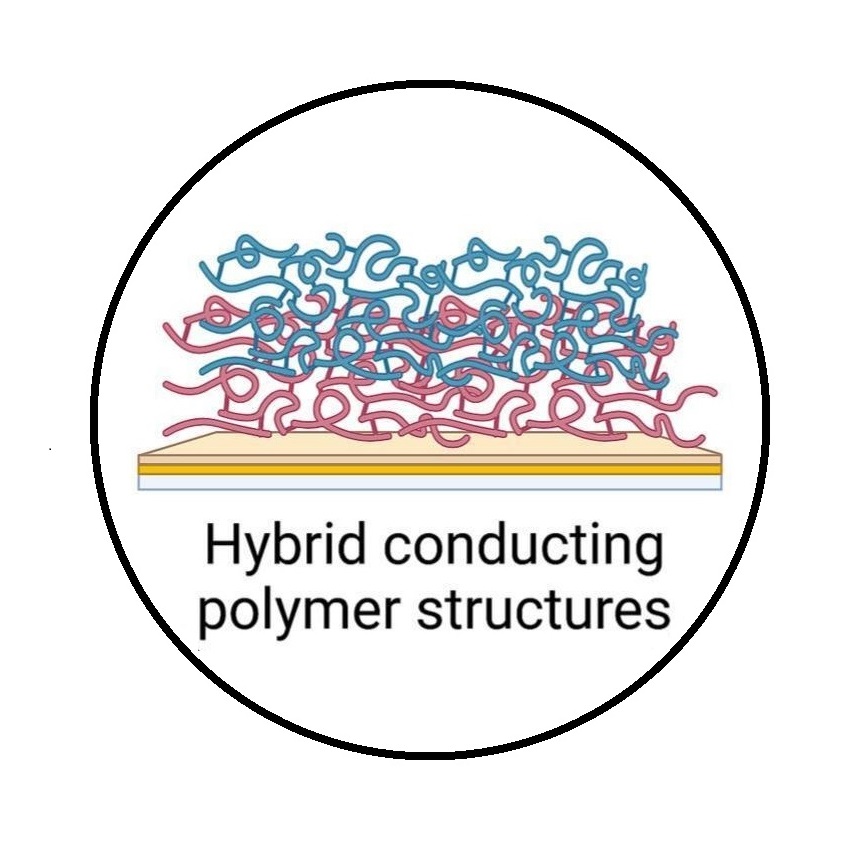
Hybrid conducting polymer films for neuroelectronics
We are happy to inform that our latest original research article has been just published in Bioelectrochemistry!
Hybrid conducting polymer films promote neural outgrowth and neural-electrode integration in vitro
The increase incidence of neurological disorders arising from an aging population has accelerated research into electrical medicine approaches as promising pretreatments options. Achieving chronic therapeutic electrical stimulation is dependent on an optimal charge delivery capacity of a stimulating device. In particular, instability at the electrode-tissue interface is frequently derived from a physicomechanical mismatch in the mechanical properties of the rigid, smooth surface of metallic electrodes and the soft nature of neural tissues, leading to perielectrode scarring, a subsequent reduction in charge transfer capability and decreased stimulation efficacy.
Our study explores the modification of neural electrodes using electroactive materials to enhance their performance. Specifically, applying sequentially two different conducting polymers, namely polyaniline and poly(3,4-ethylenedioxythiophene), which induced a significant increase in the active surface area of an electrode, moderate hydrophilicity, capacitance, low impedance, and a fibrillar morphology. Cell culture studies with rat-derived embryonic ventral mesencephalon cells revealed that hybrid conducting polymer coatings supported neural outgrowth and cell adhesion in vitro.
News
Show all

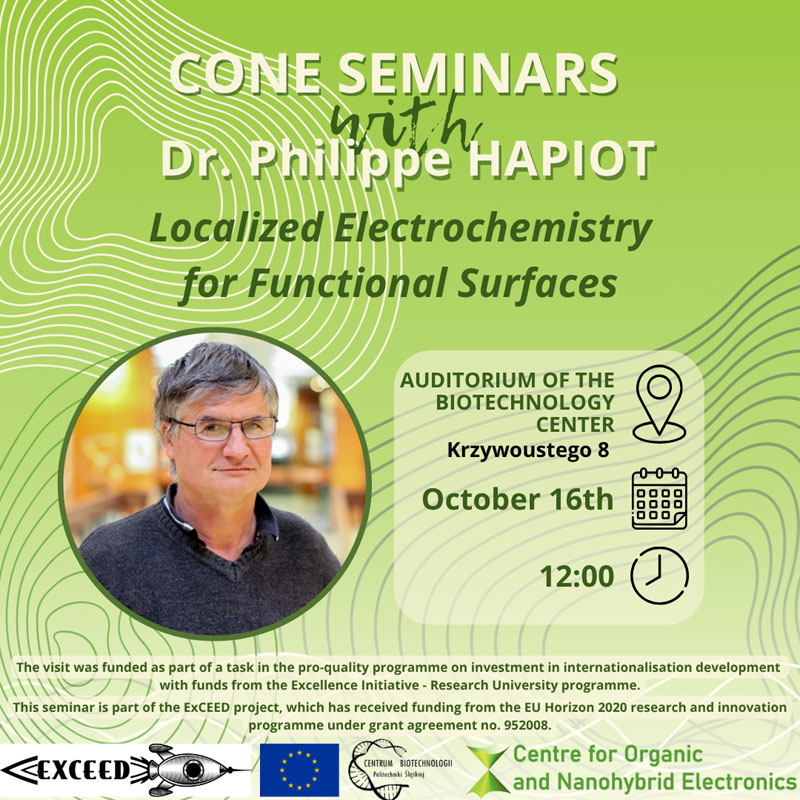

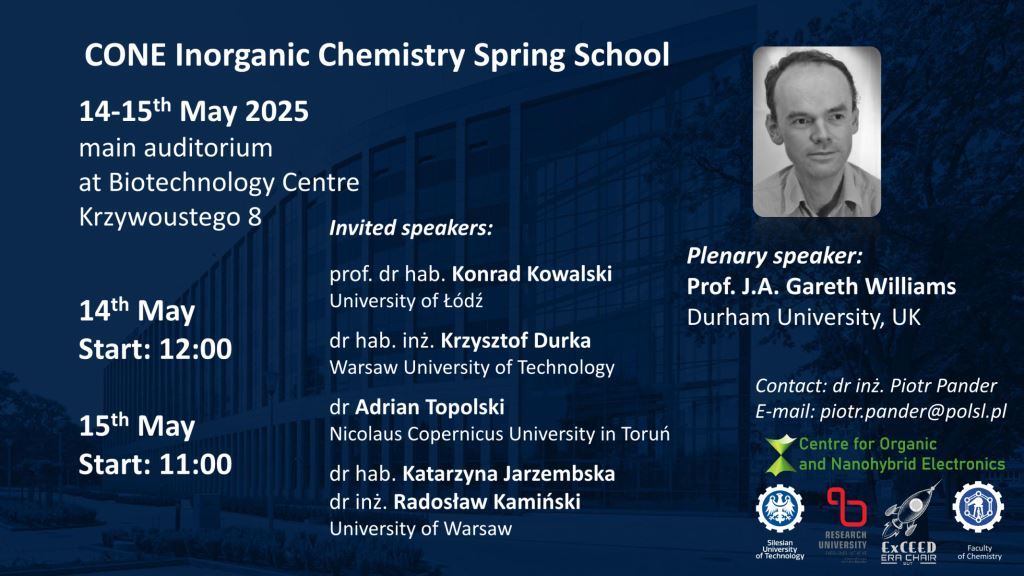


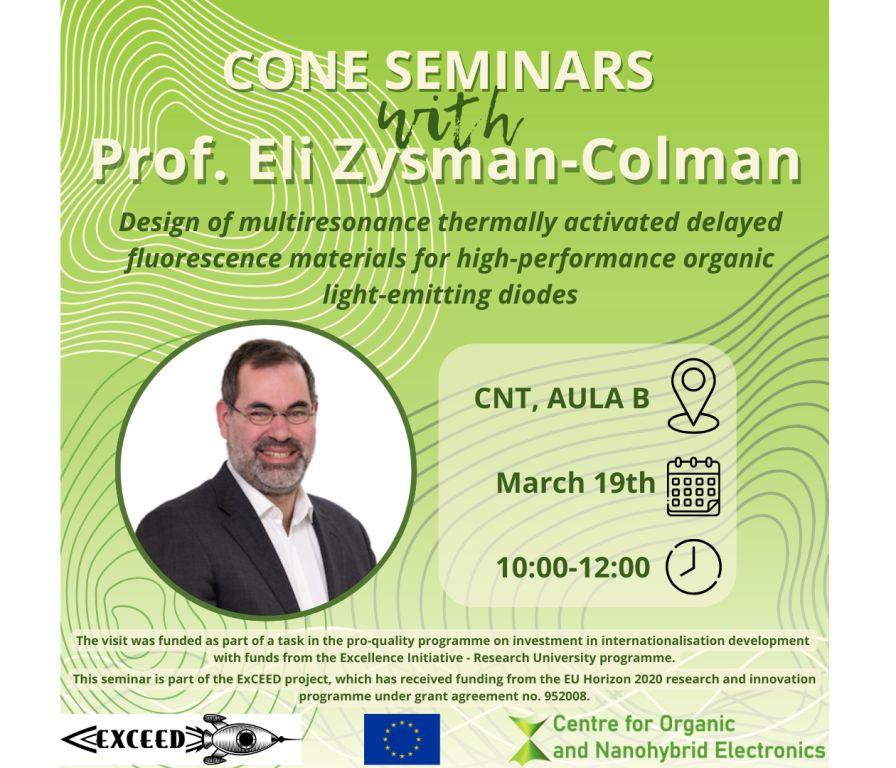
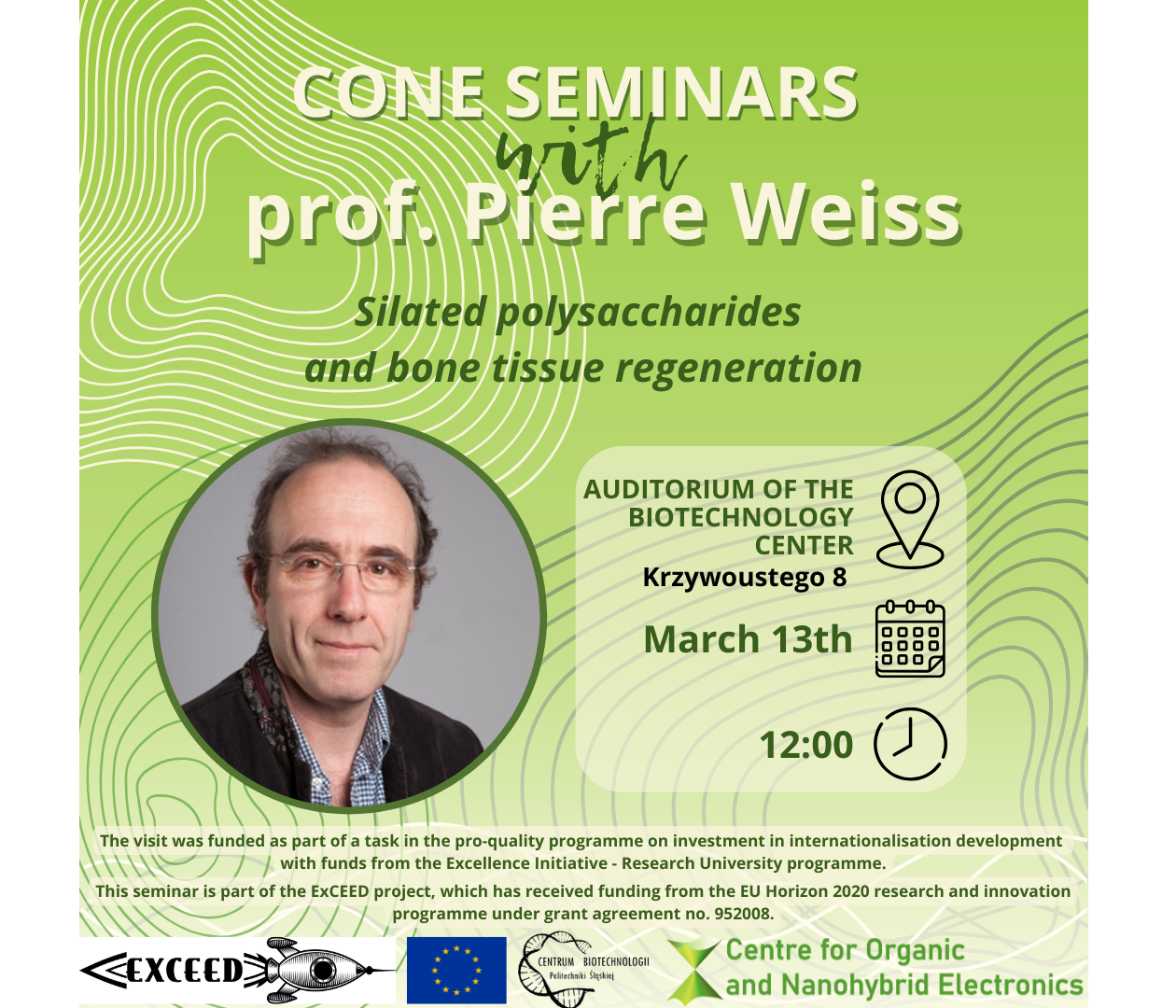

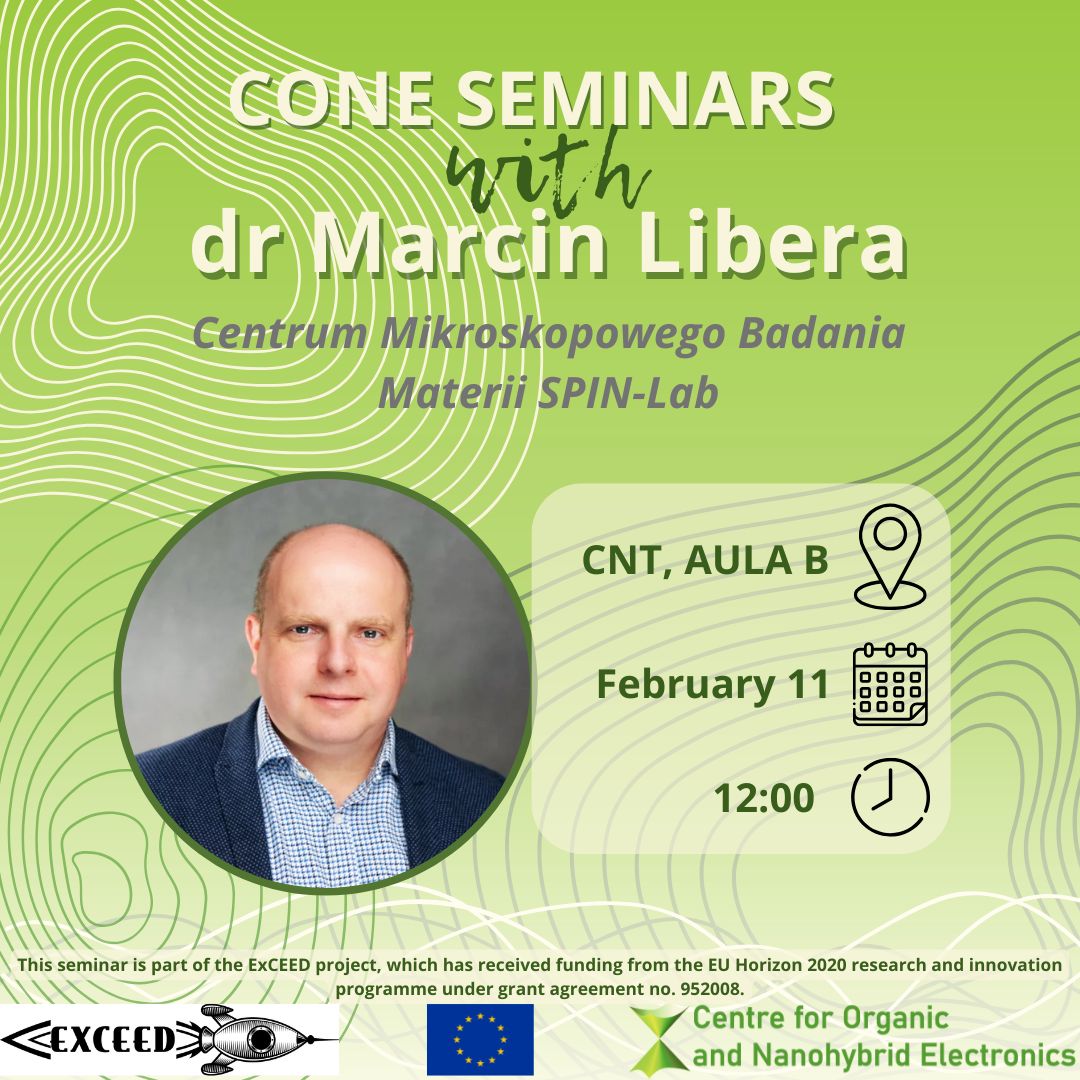

Show more Less items























